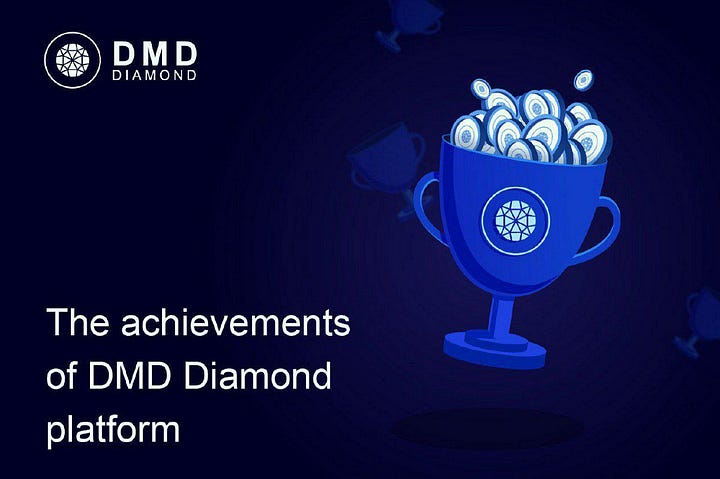Every day, we are moving closer to the launch of DMD v4 — where we can take advantage of robust network security, faster transaction throughput, full smart contract support, and an on-chain governance system. However, it’s essential to understand the technical components of the DMD diamond blockchain v4 behind our presenting use-cases.

Below are what you need to know:
- The DMD diamond blockchain v4 is planted on an Open Ethereum node client software with EVM (Ethereum Virtual Machine) ability — which is responsible for executing smart contracts. It supports Solidity and other programming languages supported by the Ethereum blockchain. Hence, it’s a Turing-complete solution that allows the development of any decentralized applications (DApps) that can run on the blockchain.
- A cooperative consensus — the Honey Badger Byzantine Fault Tolerant (HBBFT) and POSDAO node selection algorithm are the two algorithms that power the v4 blockchain upgrade.
- The Honey Badger Byzantine Fault Tolerant (HBBFT) protocol defines the transaction validation rules. The protocol is responsible for faster transaction throughput, dynamic block times, higher security, and robustness. It allows nodes in a distributed environment to use an asynchronous methodology to reach a consensus on transactions. With HBBFT, block finality is immediate, and transactions get confirmed within seconds with no mining needed to run HBBFT. But, only a small subset of 25 active validators are selected from the pool of validator candidates every 12 hours (Epoch).
- The POSDAO is responsible for the selection of nodes for validation in HBBFT. The core code is a set of smart contracts that determines the default functionality of the DMD diamond blockchain v4. The POSDAO makes the blockchain truly decentralized by random rotation of power, staking upon different validators, and distributing rewards between the active participants — both stakers and validators.
- DAO Governance structure is also a component of the v4 upgrade. POSDAO supports it by providing the voters’ weight (total staked coins on a validator candidate) which allows the coin holders to vote for (and potentially have automated implementation of) changes such as block gas limit, minimum gas fees, and similar changes in the network.
- The Open Ethereum full nodes are responsible for creating transactions, writing data to the chain, executing contracts, and communicating with other nodes on the network.
- DMD diamond blockchain v4 is compatible with Browser or Application clients that manage user keys to interact with the blockchain and may provide additional blockchain-based services, including swapping, NFT mechanics, self-sovereign identity, etc. These clients with WalletConnect ability permit interaction with the POSDAO smart contract and its graphical user interface DApp.
Learn more — https://bit.diamonds